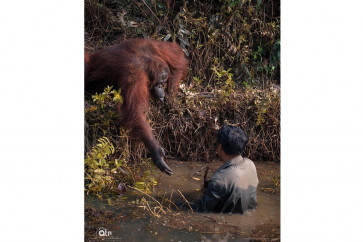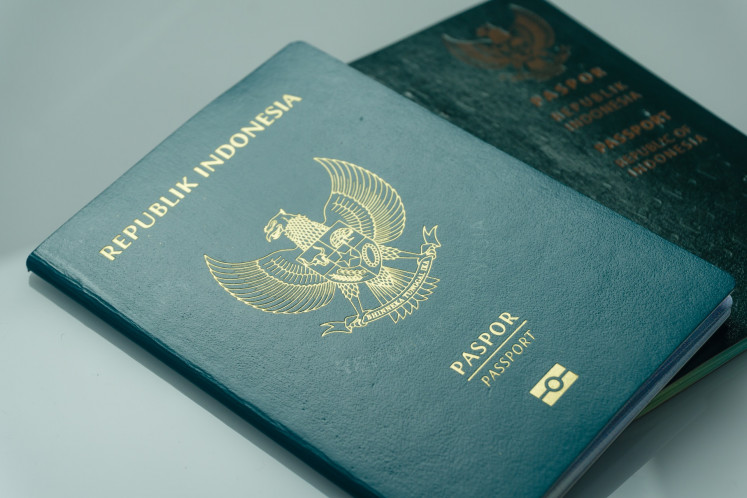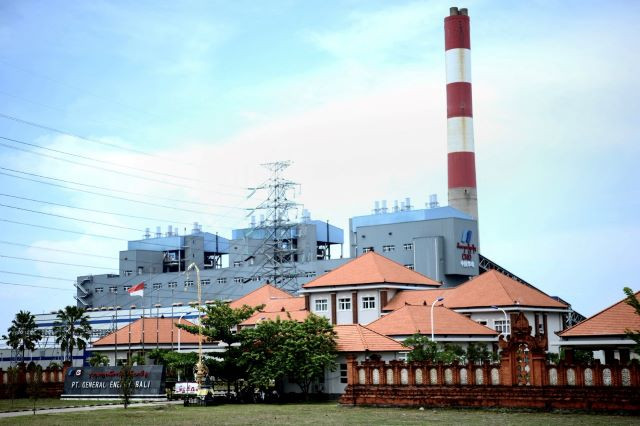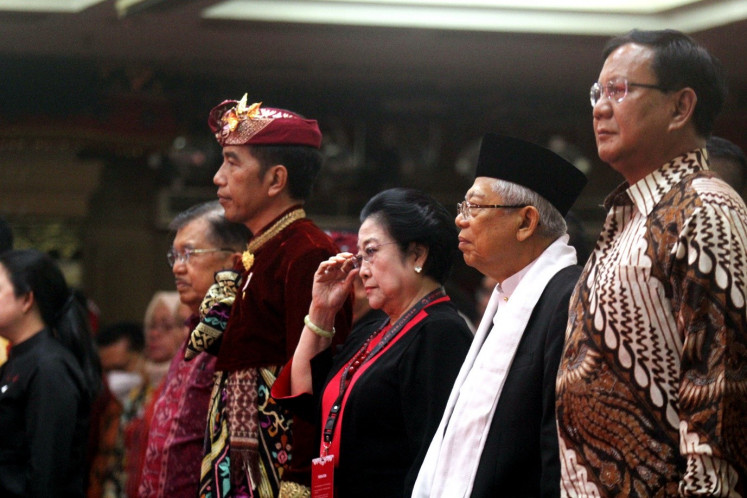Li Chen: Between pleasure and apprehension
The Taiwanese sculptor known for his plump characters insists he was not inspired by Columbian artist Fernando Botero (b
Change Size

T
he Taiwanese sculptor known for his plump characters insists he was not inspired by Columbian artist Fernando Botero (b. 1932). Rather his imagination was influenced by sculptures from the Tang dynasty (608-907), a period of Chinese history regarded by historians as the world's strongest empire in the eighth century, long before Botero even existed.
Pure land, 1999, bronze, 133x451x246 cm
Speculations on Chen's source of inspiration, however, will continue for some time to come, and having works of both artists located under one roof, like the new St. Regis hotel in Singapore, won't help either. However, a closer look at his work will reveal that Li Chen is an artist in his own right. Prof Gao Ming Lu from the Pittsburgh University, though not referring to any similarities, explained that unlike Western philosophy, Eastern philosophy wants you to feel, while Kwok Kian Chow, the former SAM director - now director of the Singapore National Gallery scheduled to open in 2014 - says "we are more relaxed".
From Sept. 17 until Dec. 9, visitors to Singapore will have the chance to scrutinize Chen's pieces of art around the entrance and inner courtyards of the Singapore Art Museum (71, Bras Basah Rd), on top of the MRT station, inside the campus green of the Singapore Management University (Bras Basah Park) and under the banyan tree at the National Museum of Singapore (93 Stamford Rd).
Brought to Singapore by the Asia Art Center, which represents the artist in Taipei and Beijing, and curated by Singapore-based Tan Hwee Koon, Chen's sculptures look like secularized little Buddha or giant Boddhisatwas, as well as surreal fusions of mythical beasts and human figures.
Hovering between semi-sacred Buddha and characters expressing childlike bliss, the sculptures that appear as endearing representations of a seemingly carefree life, were in fact a cathartic healing process for the sculptor.
Chen explains he was deeply mourning the death of his father when he sculpted the plump figures, and needed to overcome his sadness by making sculptures expressing fun and harmony. One of these sculptures is a round-faced childlike figure with one foot swinging as if it was dancing while holding another smaller sculpture featuring the "heavenly palace".

While Chen may be expressing playfulness, it is also possible that in his effort to break away from tradition, he was making fun of the excessive veneration of undeserving deities, or the fallacy of power when drawn into contemporary life.
Another blissful sculpture titled Float to Sukhavati depicts a childlike figure cradling a cloud. The green of the Singapore Management University and the poolside of the St. Regis hotel are perfect places to emphasize the restful mood expressed in the sculpture. But more importantly, these are places where the public is given the chance to dream and be carried away by their imagination that otherwise remains shrouded in the hectic dynamics of everyday life.
Chen says these sculptures were inspired by a night of insomnia. "I could not sleep and left the room. As I looked up, I saw the clouds passing by. How I wished I could be on a cloud."
Born (1963 in Yuanlin, Taiwan) and brought up in the Buddhist culture and philosophy, Chen, who is a self-taught artist, started his career making traditional Buddha sculptures for temples.
In a further development of his art, however, Chen left tradition behind, and started using simple lines and representations to suit his personal vision and expression. In Clear Soul, Chen dissociates his work from the traditional Buddha sculptures by juxtaposing an ethereal Buddha underneath the uppermost dark earthy Buddha.
Chen's secularized Buddha in this series retains an iconic smile and a sense of humor. Even in the giant sculpture The Lord of Fire, depicting a colored Buddha with flames coming out of his mouth, ears and head, a fraction of a smile is discernable instead of a fearful expression.
However, after a decade of overcoming his father's death, Chen has embarked on making art that expresses a dramatically different mood. Titled Soul Guardians in an Age of Disasters and Calamities, giant works of megalithic appearance seem infused with a mix of surrealistic and supernatural, sometimes reminiscent of oceanic sculptures, but always a reminder of the artist's cultural origins.
Contrary to his previous works depicting harmony, the giant sculptures - appearing like fusions of mythical beasts and human figures - have expressions matching the graveness of disasters and calamities befalling our lands, societies and belief systems.
This is Chen's seventh solo show, and his first outdoor exhibition. Titled "Mind, Body and Spirit", the exhibition presents a body of work spanning the artist's practice from 1992 to the present time.
As the public and art aficionados show much appreciation for Chen's art, questions as to the nature of his art remain. Is it art or craft, traditional or contemporary? For the public however, such questions are of little importance.









